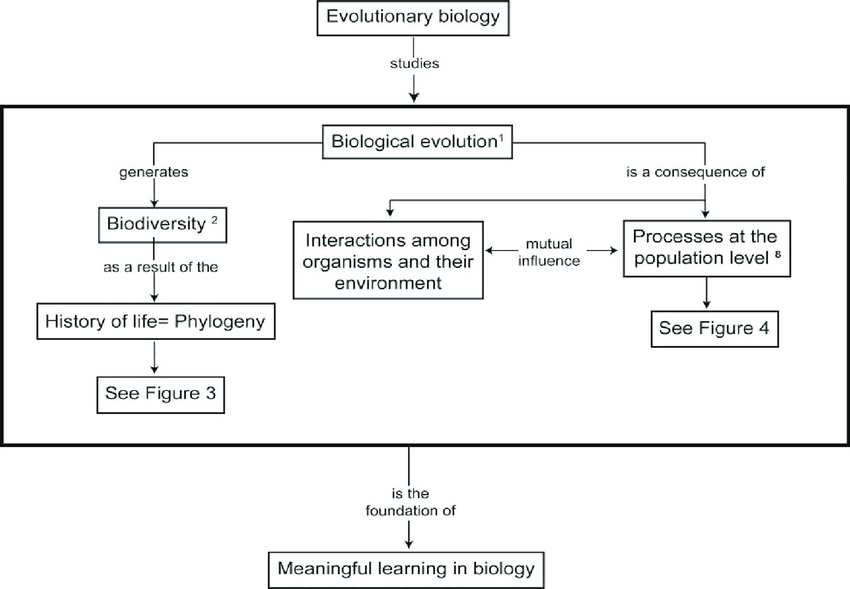Concepts Of Evolutionary Biology – Anthropology Notes – For W.B.C.S. Examination.
-
- Many times during the long history of life, advanced organism have returned to ancestral habits and modes of life.Continue Reading Concepts Of Evolutionary Biology – Anthropology Notes – For W.B.C.S. Examination.
- This gives selective value to adaptation similar to those of the ancestral species, and raises the question whether the evolution is reversible?
- Study of such cases suggests that due to commonalty of environment and resultant functional adaptation, always a gross similarity between ancestral and descendent structures is achieved without any genuine reversal at all.
- Thus many reptiles and mammals have reverted to an aquatic mode of life. They have assumed a generally streamlined, fishlike form, and the limbs have become shortened, webbed and finlike.
- Yet the skeleton of such flippers is always distinctly that of the class to which animal belongs rather than that of a fish fin.
- The evidence indicates that major evolutionary steps once taken, are never reversed. This is known as Dollo’s rule after Louise Dollo(1895) to whom the principal is ascribed.
- It might even expected a priori, major evolutionary steps are compound of many smaller steps, each preserved by natural selection.
- That such a sequence, occurring by chance once should by chance be exactly reversed would be a most extraordinary thing. If not impossible, it is at least most improbable for whole organisms.
- Attempts to apply Dollo’s law to individual characters have failed, for these are indeed reversible by mutation.
Cope’s Rule
- A very common trend in evolution, sometimes called Cope’s Rule, is one forward increasing size of individuals.
- The original studies of the phenomenon were made upon vertebrates, but comparable studies have shown the same tendency in many groups of invertebrates and plants.
- A review of the paleontology of almost any group shows that its largest representatives are not its earliest ones, though not necessarily its latest ones either.
- Newll has pointed out that species now living are the largest known representatives of the vertebrates, crustaceans and annelids.
- Yet the tendency towards size increase has been by no means universal. The rise of herbs and shrubs is a recent thing, and they have been derived from trees and other large plants.
- Hooijer has pointed out that the progressive size decrease has been characteristics of many vertebrate groups during the Quaternary period, which is now in progress.
Gause Rule
- Competition may occur between populations within an ecosystem for ny of the available resources, such as food, space, light or shelter.
- If two species occur at the same trophic level, then they are likely to compete with each other for food.
- Adaptive radiation by one or both species may than occur over a period of time with the result that they come to occupy separate niche within the trophic level, thus minimizing the extent of completion.
Our own publications are available at our webstore (click here).
For Guidance of WBCS (Exe.) Etc. Preliminary , Main Exam and Interview, Study Mat, Mock Test, Guided by WBCS Gr A Officers , Online and Classroom, Call 9674493673, or mail us at – mailus@wbcsmadeeasy.in
Visit our you tube channel WBCSMadeEasy™ You tube Channel
Please subscribe here to get all future updates on this post/page/category/website



 Toll Free 1800 572 9282
Toll Free 1800 572 9282  mailus@wbcsmadeeasy.in
mailus@wbcsmadeeasy.in


















































































































